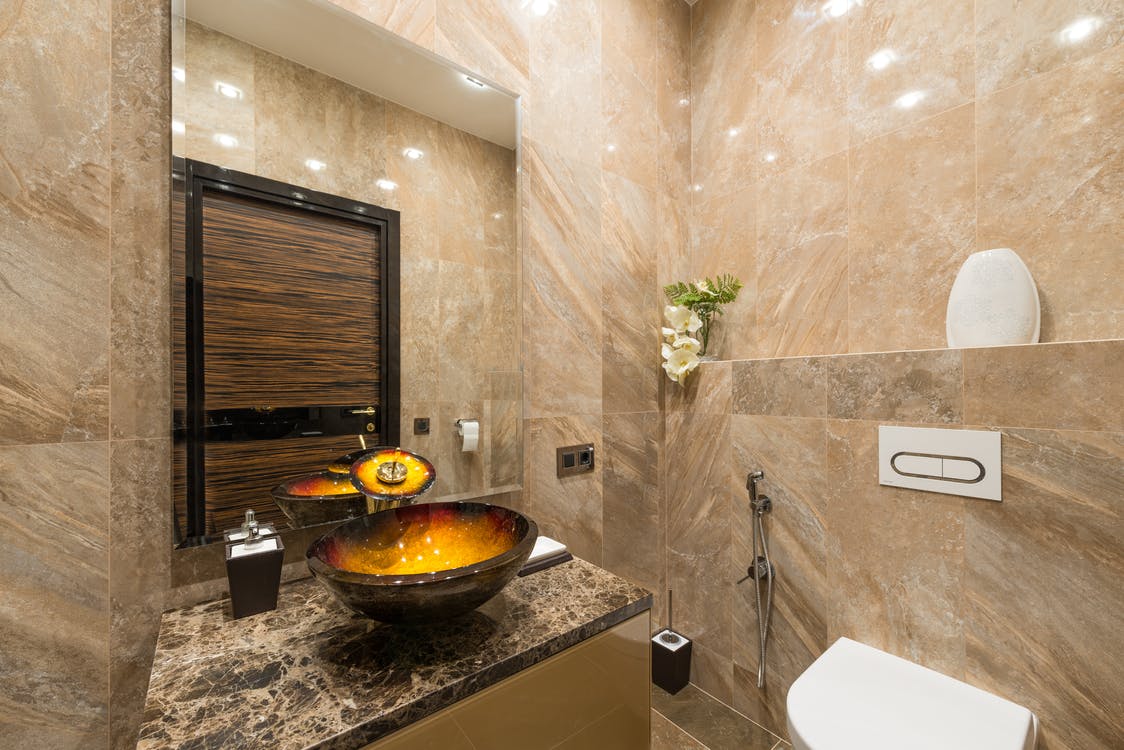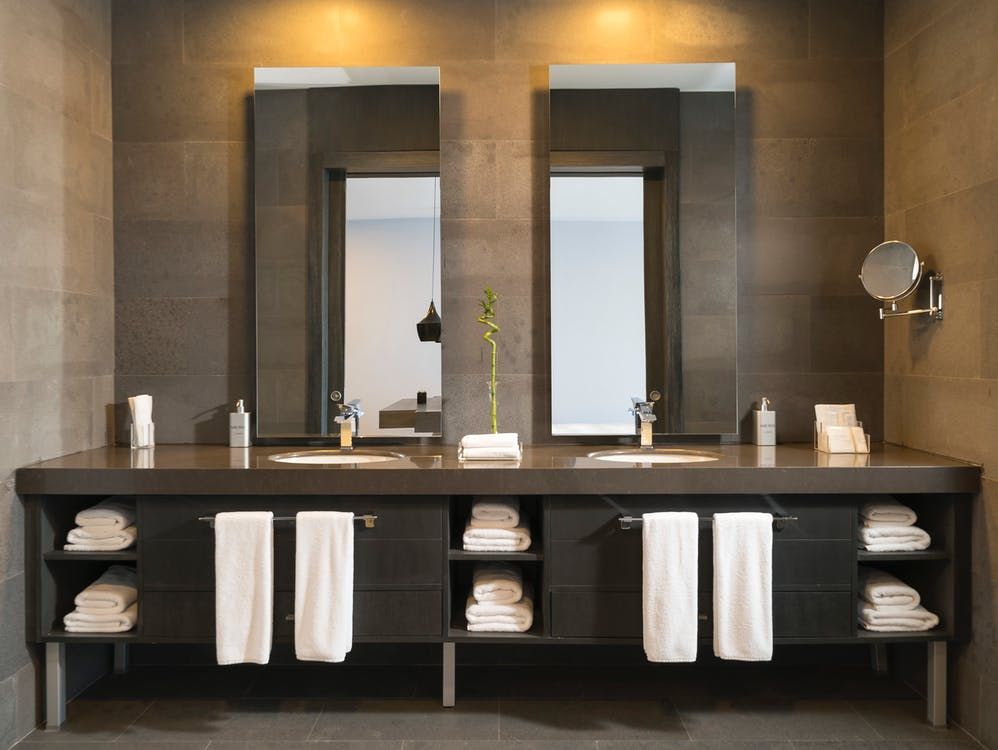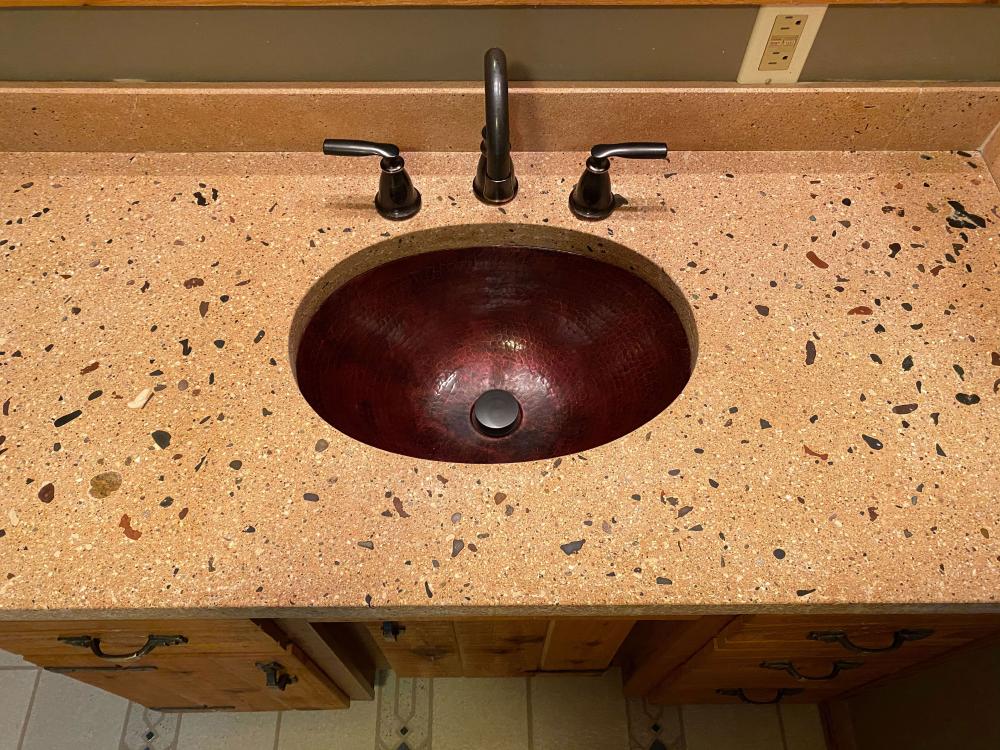Home design is deeply influenced by historical trends and design elements that many people may not be aware of. For instance, what we commonly refer to as a powder room carries with it a history that reflects changing needs and social norms. What is a powder room really for, and how does it fit into today’s home design trends?
What Is a Powder Room in Modern Home Design?

In simple terms, a powder room is a small bathroom that contains only a toilet and a sink, no shower or bathtub. It's also known as a half-bath or guest bathroom. Usually located near main living areas, such as the foyer or great room, powder rooms offer guests a convenient place to freshen up without accessing private or more personal areas of your home.
Why Is It Called a Powder Room?
The name “powder room” has surprisingly elegant origins. It dates back to the 18th century, during a time when wigs were all the rage. Wealthy individuals, particularly men, used designated rooms to apply hair powder to their wigs, hence the name “powder room.” These rooms were private and often used briefly before social gatherings.
By the 19th and early 20th centuries, the term evolved. Women began using the term “powder room” as a more discreet way to refer to the restroom, especially in public venues such as theaters and restaurants. It was considered more polite and refined than saying “toilet” or “bathroom.”
Today, the term has carried that air of elegance into modern home design. While no one is powdering wigs anymore, the name lives on, now referring to a stylish, compact half-bathroom meant primarily for guests. Its historical undertones still influence how we design and perceive the space as a mix of privacy, refinement, and aesthetic charm.
What Is the Difference Between a Bathroom and a Powder Room?

At first glance, a powder room and a full bathroom may seem interchangeable. But some key differences affect how each space functions and how it fits into your home design.
A full bathroom typically includes three main fixtures: a toilet, bathroom sinks, and a bathtub or shower (sometimes both). It’s designed for daily use by members of the household and often includes ample storage, counter space, and lighting to support a full grooming routine.
In contrast, a powder room only includes a toilet and a sink. There’s no bathing or showering area, which means it takes up less square footage and is faster to clean and maintain. Because it’s primarily for guests, the powder room is often located on the main floor close to entertaining spaces.
How Should You Decorate a Powder Room?
Powder rooms are small, but their design potential is enormous. Because they’re not used for daily routines like showering or shaving, you have more freedom to focus on form over function.
Choose Stunning Lighting
A dramatic pendant light or sculptural wall sconce can immediately elevate the space. Consider incorporating statement lighting fixtures with dimming capabilities so that you can adjust the mood for both daytime and evening use.
Opt for warm-toned bulbs to create a cozy, inviting ambiance in this often-overlooked space. If you’re working with limited natural light in your powder room, a well-placed mirror can help bounce light around, making the room feel more spacious and open.
Opt for Fixtures That Make a Statement
When it comes to fixtures, don’t hold back. A vessel sink in stone or copper, paired with a sleek or vintage-inspired faucet, can create a focal point. Choose a mirror that feels more like art than function and add touches like fresh florals or high-end soap dispensers.
Create a Bold Accent Wall
Wallpaper with rich patterns, textured wall treatments, or moody paint colors can bring personality and sophistication. Deep jewel tones like emerald green or sapphire blue work especially well in powder rooms and create a sense of luxury.
Alternatively, a bold wallpaper featuring geometric shapes, florals, or abstract patterns can add an element of interest. For texture, explore options like grasscloth or faux-wood panels for a tactile element that complements the overall design.
Pay Attention to Flooring
In a powder room, flooring serves both functional and aesthetic purposes. Choose materials that can withstand moisture and foot traffic while also enhancing the room’s design.
For a luxurious touch, consider marble or high-quality porcelain tiles, which can add sophistication and durability. If you're aiming for warmth and texture, wood-look tiles or engineered hardwood are excellent choices that balance style and practicality.
Create Cohesion
Though you won’t find custom bathtubs in a powder room, design cohesion is still key. Choose finishes and materials that complement your full bathrooms for a seamless aesthetic throughout your home.
For example, if your main bathrooms feature marble or polished tile, continue that theme with the same materials or complementary tones, creating a flow that guides the eye from one room to the next.
When Should You Add a Powder Room to Your Home?

If your home doesn’t have a main-floor bathroom that’s accessible to visitors, a powder room solves that problem beautifully. It keeps guests from having to venture into private bedrooms or upstairs areas.
Adding a powder room can also increase resale value. Buyers often appreciate the convenience of a half-bath, especially in larger homes where entertaining is a priority. It’s a small addition that can set your home apart.
A Powder Room Increases Your Home’s Value
Whether you're upgrading a powder room to elevate your home’s value or redesigning it to match your unique taste, it's the perfect opportunity to create a standout space. CopperSmith’s bespoke metal finishes and handcrafted designs will ensure your bathroom makes a lasting impression.
With our wide range of customization options and expert guidance, we’re here to bring your vision to life. Contact CopperSmith today and discover how our high-quality, made-to-order metalwork can transform your space into a true masterpiece.
